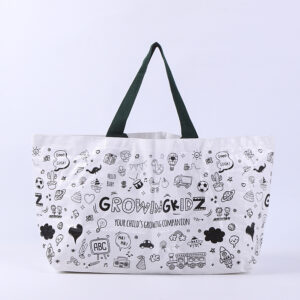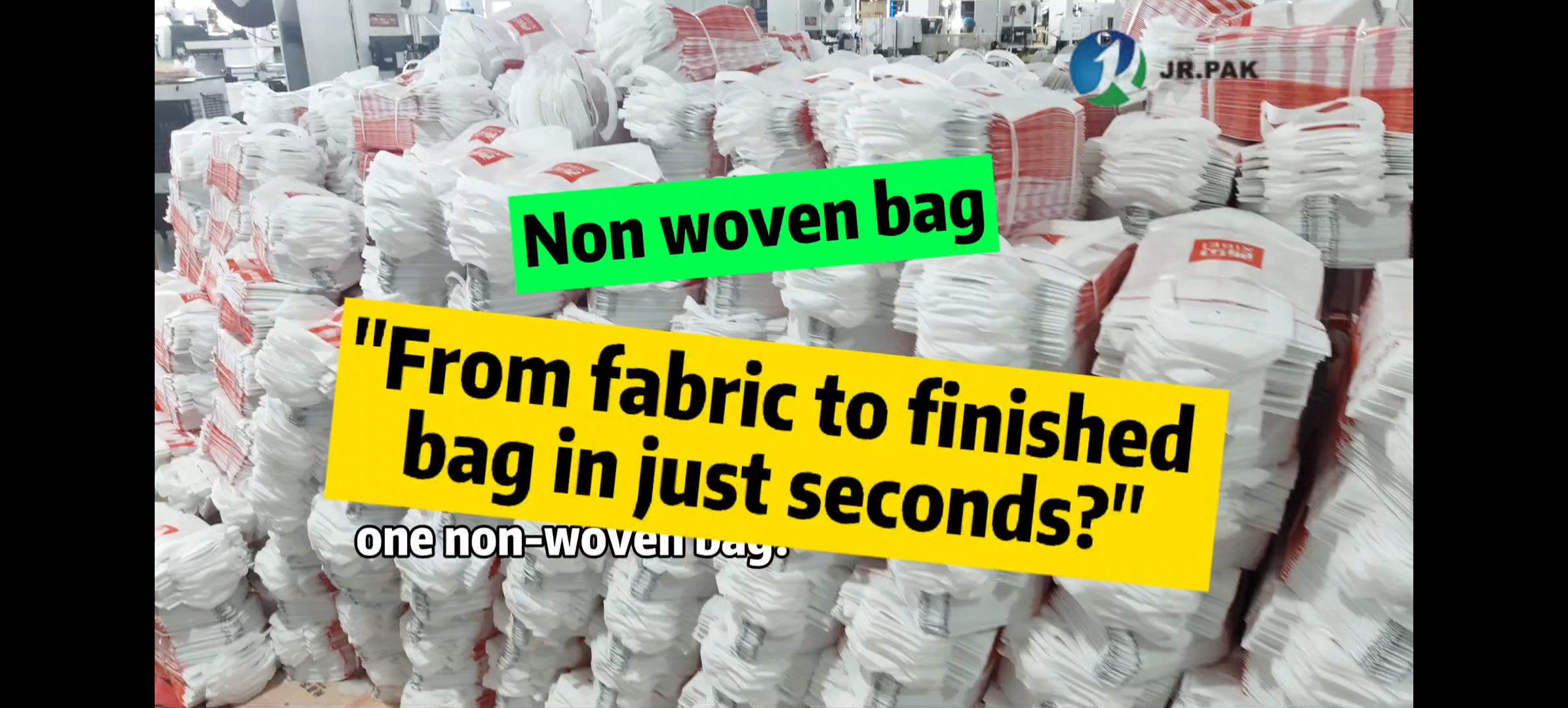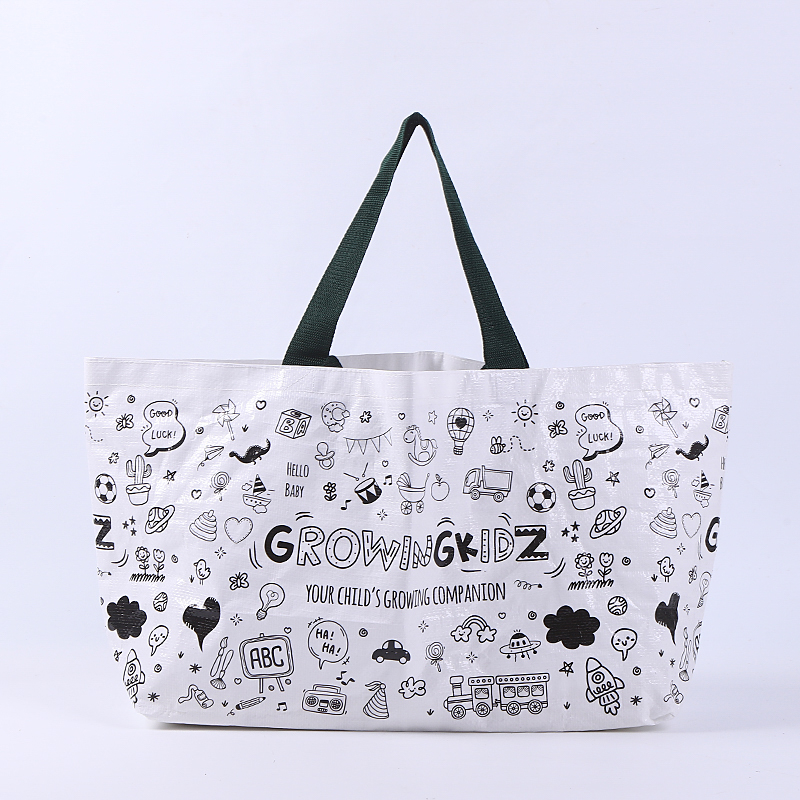How do raw material price fluctuations and trade cost changes affect the import and export of shopping bags?

Raw material prices and trade costs often fluctuate. These changes disrupt global supply chains, hurt profits, and cause delivery delays.
Fluctuations in raw material prices and trade costs1 influence production, pricing, and delivery timelines of shopping bags globally.
These problems may seem technical. But understanding them can help us make better purchasing and supply decisions.
How does the price of raw materials affect supply?
When raw materials become expensive or scarce, manufacturers struggle to meet demand. Their production slows down. Customers wait longer.
The price of raw materials2 directly affects the ability of manufacturers to maintain stable supply and meet customer orders.
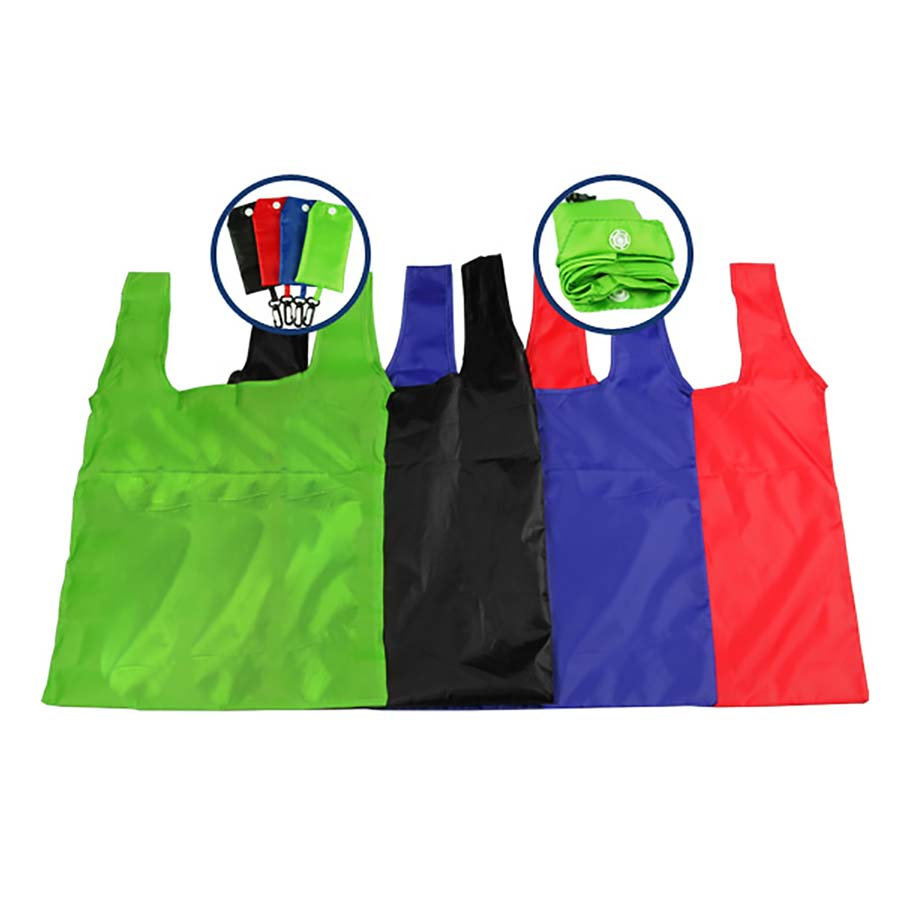
Rising costs reduce the ability to stock enough materials. Suppliers might delay or cancel deliveries. Lower raw material prices, on the other hand, allow production to scale up.
Common Raw Materials Used in Shopping Bags
| Material Type | Common Use | Characteristics |
|---|---|---|
| Non-woven fabric | Eco-friendly shopping bags | Lightweight, biodegradable |
| PP woven fabric | Heavy-duty reusable bags | Durable, water-resistant |
| Kraft paper | Gift and luxury paper bags | Recyclable, aesthetic |
I once faced a situation where polypropylene prices doubled3 in just two weeks. Our production of PP woven bags dropped by 30%. Orders from three supermarket chains were delayed. This damaged trust.
Supply planning needs flexibility. Raw material contracts with longer lock-in periods4 help. Diversifying sources reduces risk. Having backup materials also softens the impact.
What happens if the cost of raw materials increases?
Costs go up. Profits go down. Some buyers walk away. Increased costs often lead to smaller order volumes.
When raw material costs rise, manufacturers may increase prices or reduce quality, affecting demand and client satisfaction.

Retailers expect competitive prices. But if the cost of inputs doubles5, final product prices must rise. Some buyers seek cheaper suppliers. Others reduce their purchase size.
Price Change Impact Analysis
| Raw Material Cost Rise | Product Price Impact | Customer Response |
|---|---|---|
| +10% | +5% | Continue purchase |
| +30% | +15% | Negotiate or reduce order |
| +50% | +25% | Look for new supplier |
In one instance, we had to raise our bag prices by 20% after a sudden increase in oil prices. A major client from Europe canceled their quarterly order. We negotiated a partial shipment instead. Flexibility saved the deal.
Proactive cost analysis helps. Explaining cost structures to clients builds trust. Offering value-added features, like customized logos or stronger handles, justifies higher prices.
What is the fluctuation of prices?
Prices never stay stable. They go up and down. It depends on many things like demand, supply, weather, politics.
Price fluctuation refers to the regular rise and fall in raw material and shipping costs over time due to global market dynamics.
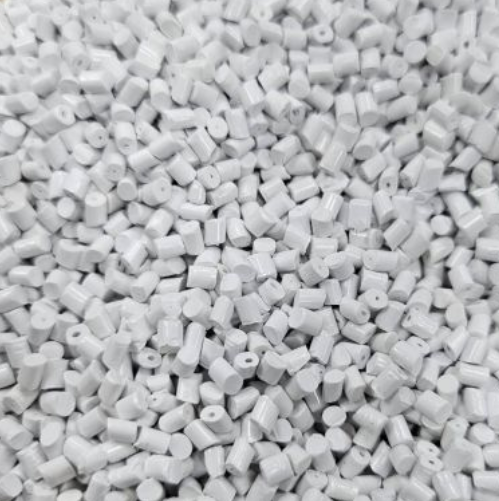
Raw material prices change due to oil prices, transportation, labor strikes, and even war. One month, prices drop. Next month, they rise again.
Factors Causing Price Fluctuations
| Factor | Impact on Cost |
|---|---|
| Oil price changes | Affects plastics & shipping |
| Currency fluctuations | Alters import costs |
| Seasonal demand | Temporary shortages |
| Trade policy changes | Tariffs and duties |
In 2023, ocean freight costs from China to the US tripled. Our shipment of gift bags to a major American client was delayed and re-negotiated.
To handle these ups and downs, we keep a buffer stock. We update clients regularly. We also monitor the market weekly to plan purchases better.
Conclusion
Raw material and trade cost changes deeply impact shopping bag supply, pricing, and delivery. Staying flexible and informed helps businesses stay strong.
-
Learn how global price changes affect shopping bag costs, lead times, and supplier reliability ↩
-
Discover why raw material costs affect production stability and timely order delivery in manufacturing ↩
-
Understand how sharp price hikes in polypropylene can disrupt bag production and supply timelines ↩
-
Learn how long-term contracts can protect manufacturers from volatile material prices and delivery issues ↩
-
Find out how input cost increases shift retailer strategies and influence bulk buying decisions ↩




